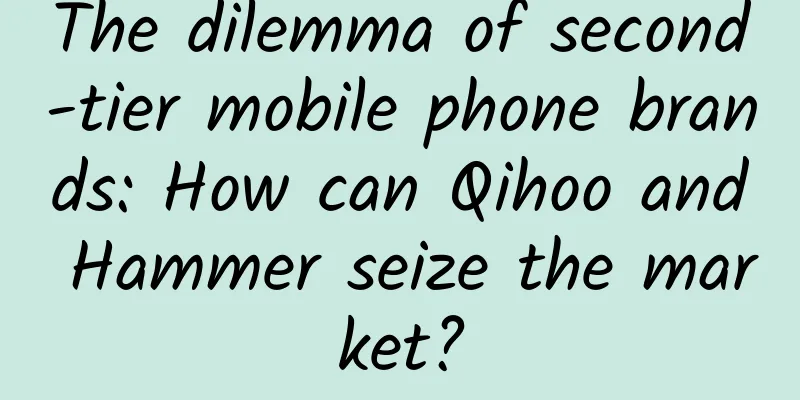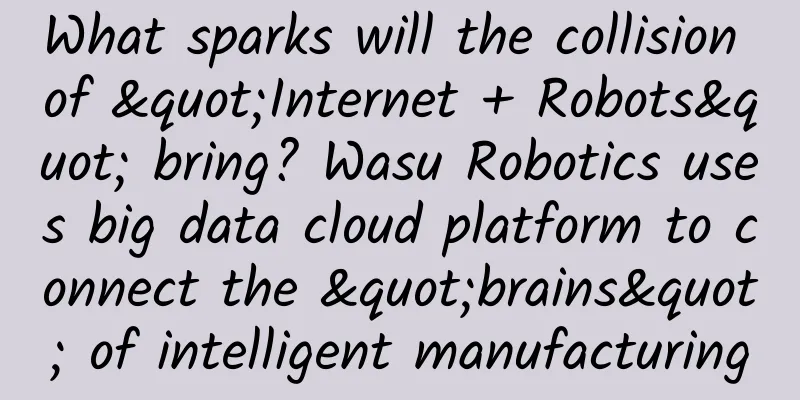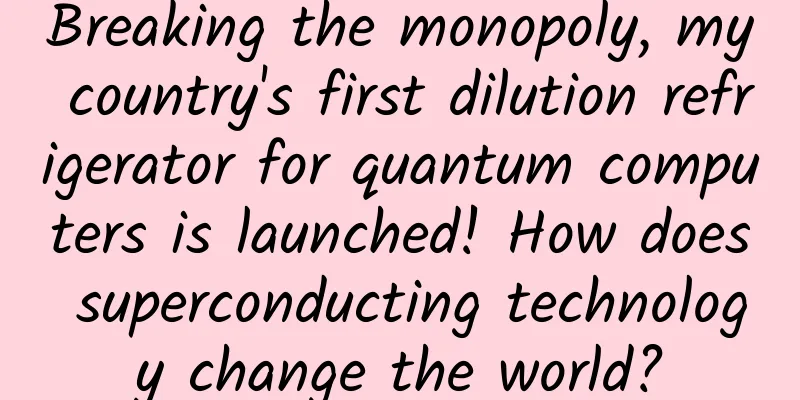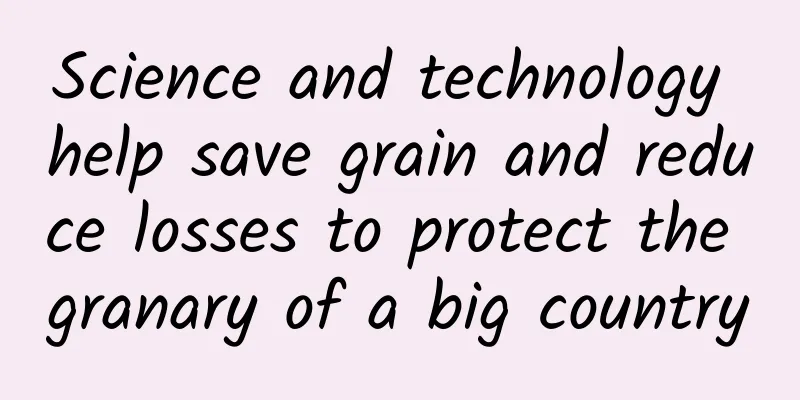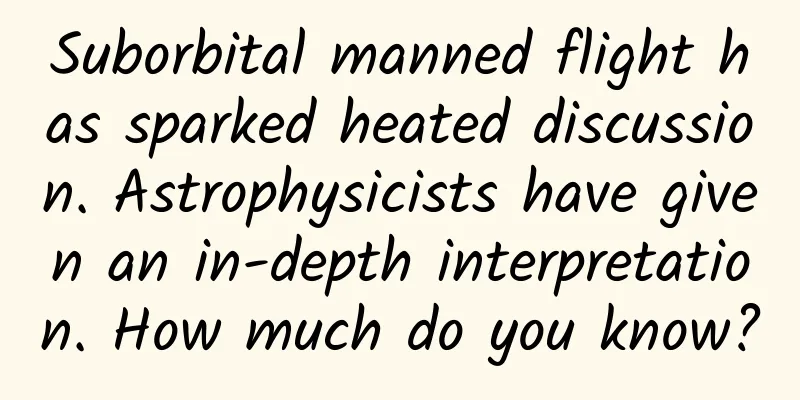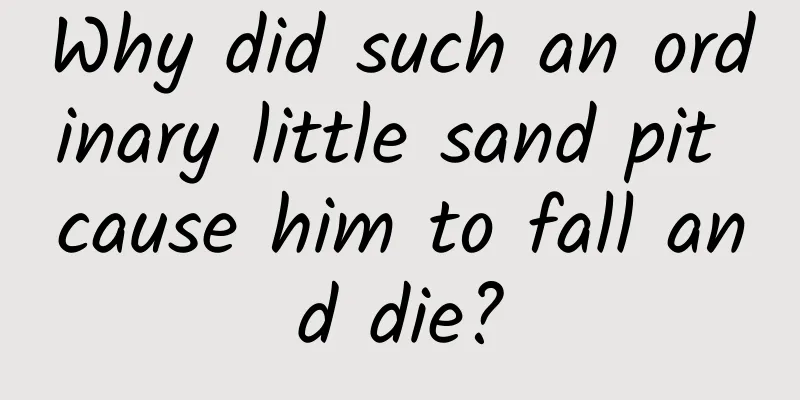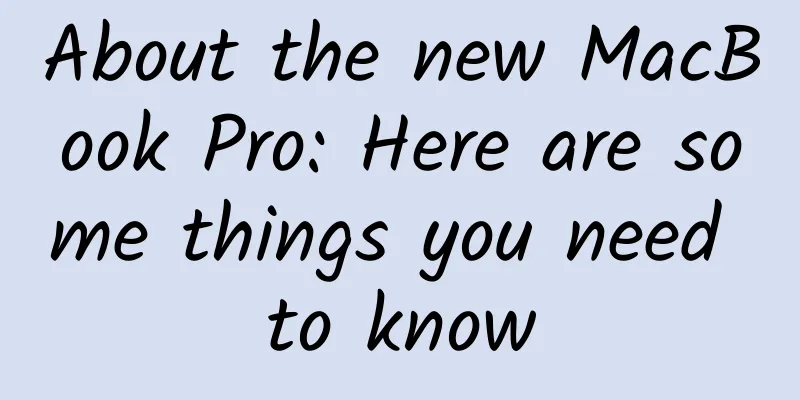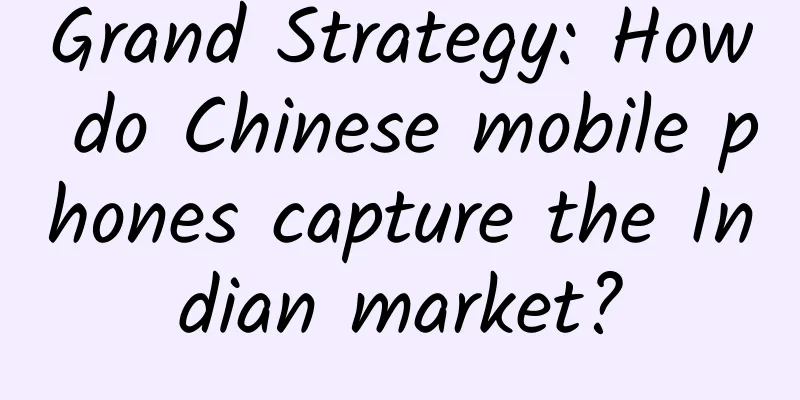Why do Emoji look different on different platforms?
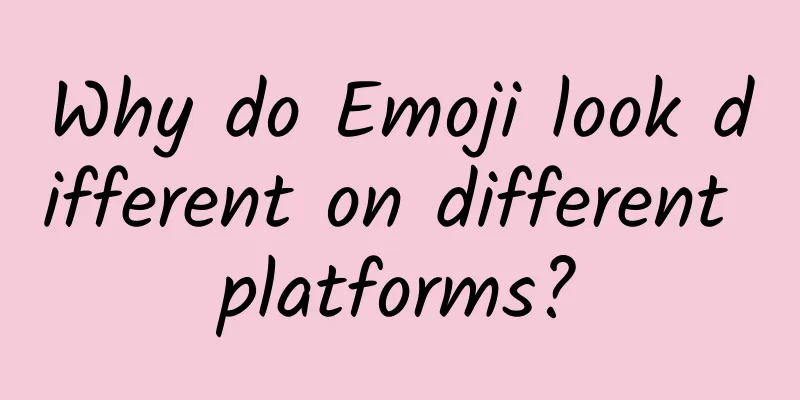
|
Why does the same smiling emoji look so different on iPhone and Android? In June this year, the first wave of 157 emojis were officially added to Unicode 11.0, and they will appear on different mobile phones and applications one after another. However, these new emojis still need to be modified and expanded by designers of various platforms before we can see them. As the world's most widely used mobile phone system, the emojis designed and modified by Android will also affect more than one billion people. Recently, Jennifer Daniel, the design director of emoji package for Android platform of Google, accepted an exclusive interview with CNBC and talked about the concept of redesigning emojis for Android platform. Each Emoji is an extension of the brand Daniel cannot decide which icons will become emojis. What she has to do is to make emojis more "Googley." I think every emoji is an extension of the platform's brand. ▲ Image from: Emojipedia Many platforms will reinterpret emoji expressions based on their own design theories and brand styles. Take the rolling eyes emoji for example. Apple is obsessed with design, so their version is more three-dimensional, with very sophisticated gradient and shadow details; Microsoft's version has a thick black border, probably to distinguish it from the text; Twitter is a social platform that started out as a short message platform, so their emoji is very simple, with basically no shadow gradient and other details; Google's is more relaxed and cartoonish. ▲ Image from: Emojipedia Samsung announced an update to its emoji in February this year. The emojis in the previous version, Samsung Experience 8.5, were more complex and highly animated, and different emojis had different angles and directions, so people often misunderstood the emojis and misinterpreted them. In version 9.0, emojis have become much simpler, clearer, and more uniform. As for Google's style, Daniel said: "When you think of our products, we hope you will smile, so we try to make emoji more relaxed and happy, so our emoji is more cartoony." ▲ Android's jelly people have all been replaced, but they look really cute. Image from: Emojipedia Each emoji is a Unicode character. The Unicode Consortium votes and selects emojis from all over the world, and people from all over the world can submit emoji proposals to the consortium. The Unicode Consortium's emoji specification only defines the semantics of a certain character, and the Emojipedia website describes and expresses emojis, allowing everyone to freely design patterns based on their understanding of the description. Values in Emoji Design In June, Emojipedia released a list of candidate emojis for Unicode 12.0, including new emojis such as an axe, flamingo, and diving goggles, as well as exclusive emojis for people with disabilities and Indian friends. However, whether these candidate emojis will be used by people depends on whether they can be approved. Every March, once new emojis are announced, designers like Daniel, who are responsible for reinterpreting and designing emojis, will be busy. Not only do they have to consider the user's usage scenarios, "Under what circumstances will the emojis we designed be used by users?", but they also need to think about how to handle the details, such as "Which lines on the frisbee can add a sense of movement." However, the emojis redesigned by different platforms often appear garbled when used across platforms. For example, when an iPhone user posts a rare emoji on WeChat Moments, some friends using Android phones only see unrecognizable garbled characters. Daniel said that this is because the various platforms did not communicate much with each other when they were transforming emoji. Although they are all in the Unicode Consortium committee, they are more discussing the text, experience and file size of emoji, rather than discussing their own designs. It has to be said that the designs of each manufacturer also reveal their respective values. ▲ Emoji updates in the Android P beta For example, in recent years, Google and Apple have been working hard to diversify emojis. When Google released the Android P beta in early June, it updated a number of "gender-neutral" emojis, and combinations such as "parents" and "lovers" are no longer defaulted to a man and a woman. As early as 2015, Apple added different skin color options to iOS and OS X, and also added family groups for same-sex couples. Copyright is the reason why Emoji has so many changes The reason why the same emoji has so many different faces is not only because each platform has its own values and design style, but more importantly, the copyright issue of emoji design. Daniel, the director of emoji design at Android, did not mention this much in an interview with CNBC. In fact, the copyright details of an emoji may affect the interests of multiple parties:
Apple is at the forefront of the times in designing and promoting emojis, and therefore has become popular all over the world. Its emoji set is called "Apple Color Emoji" and the copyright belongs to Apple. As Apple users, we can use this set of emoji fonts in the system, but we do not have the right to install and use this set of fonts on other non-Apple devices. Google's Android Emoji complies with the Apache Licene 2.0 open source protocol, but many people do not approve of the design of this set of emoticons, and people are still more familiar with Apple's emoji. ▲ Image from: Emojipedia Therefore, in order to avoid copyright risks, many manufacturers with a certain scale of users will design their own emoji versions, such as Twitter, Facebook, Microsoft, Samsung, etc. Therefore, we can see that each manufacturer is immersed in the emoji version of its design and cannot extricate itself, and will continue to modify and iterate to keep up with the times. As a result, the experience of us users is that in cross-application and cross-system communication, some emojis that originally allowed people to communicate better have become unrecognizable garbled characters. As of June, 2,823 emojis have passed official review, 20 years after the first batch of 177 emojis were designed in 1998. They were supposed to be universal language symbols on social media around the world, but now they seem like the destroyed Tower of Babel. |
<<: Will the "second half" of lightweight application development be a useless counterattack?
>>: Why does the central bank want to take over WeChat and Alipay?
Recommend
Baidu search promotion, why are the added keywords not suitable for promotion?
Why are the keywords I added not suitable for pro...
Quark Product Operation Analysis Report
With the widespread promotion of mobile Internet,...
Detailed explanation of how educational institutions and stores build a private domain matrix
The core of building a private domain for educati...
Pornographic mobile games investigated: Just wear more clothes?
These days, gamers may find that the female charac...
Emotional intelligence expert Zhang Yiyun's lesson on resilience: Children become stronger and more confident
Emotional intelligence expert Zhang Yiyun's a...
After applying this sunscreen, remember to remove your makeup before going to bed...
Did you put on sunscreen when going out on May Da...
Luo Xinyu: What is it like to go on a field scientific expedition?
"In the field, 10 percent of it is about how...
I’d like to share with you a way to make money that doesn’t require any traffic and can be done mindlessly. You can earn over 10,000 yuan a month. I suggest you make money quietly!
Today I want to share with you a way to make mone...
In-depth analysis of information flow delivery, the key method to rapidly increase ROI
What exactly is advertising, trying to convince y...
What are you doing when you should be sleeping?
"What are you doing when you should be sleep...
National Love Teeth Day | You thought it was a mouth ulcer, but it might actually be cancer! Open your mouth and take a look...
Today is September 20th, National Love Teeth Day....
A sophisticated method for building user portraits!
1. What is User Portrait ? According to the offic...
Allen Yoga Allen [Core Training + Backbend Flow]
Allen Yoga Allen [Core Training + Backbend Flow] ...
Orange cat super short combat crash course (first period)
Resource introduction of Orange Cat Super Short P...
The teacher was asked to resign and was sued for 420,000 yuan!
Article 23: An employer and an employee may agree...
